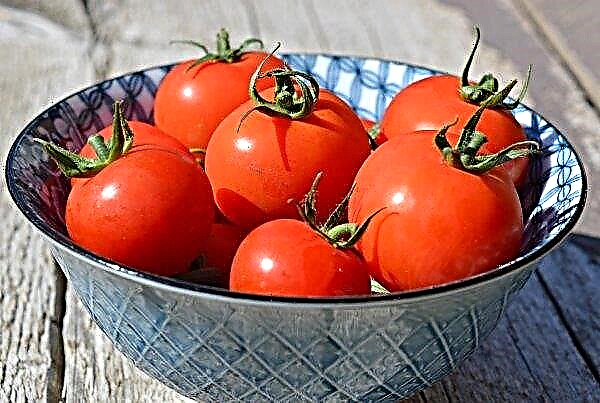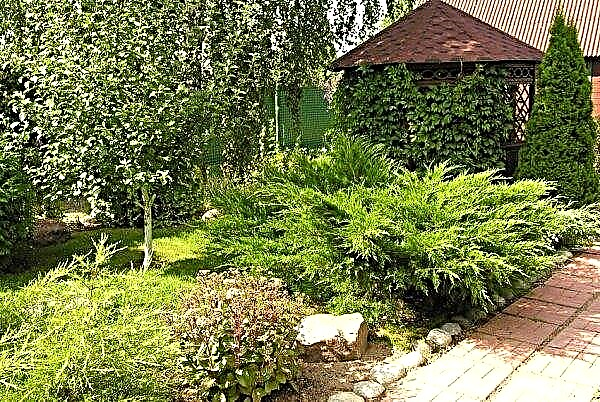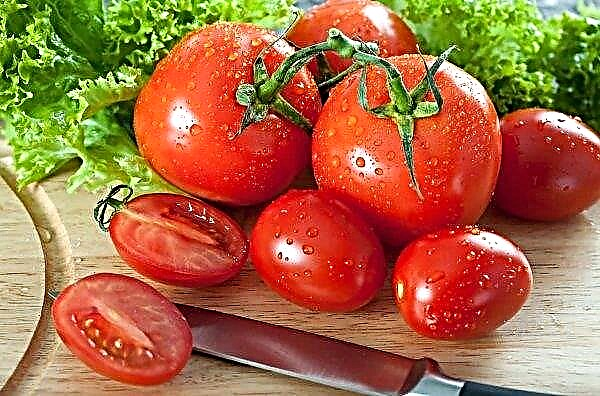It's no secret that melon, which many are accustomed to buying in a market or store, can be grown independently. In this case, many factors need to be considered: from soil composition to harvest time. Since melon belongs to melons, there are features of its maturation and determination of ripeness. It is also worth understanding the rules of harvesting, so that the product is suitable for consumption. This will be discussed in the article.
Maturity classification
To understand how to determine the ripeness of a melon, it is necessary to consider some nuances. Culture has phases of biological and technical maturation. The first (biological or physiological) is determined by the termination of the growth of the fruits and the stems themselves. At this stage, the plant goes into a dormant stage and can give seeds for subsequent sowing.
Technical or yield maturity in many fruit crops occurs earlier than physiological. Harvesting implies that the product is ready for collection, transportation and storage. However, this culture refers to those whose biological and technical maturation occurs almost simultaneously. That is why you will not be mistaken with the start of the harvest.Important! In the room where melons are stored in the winter, the temperature should be in the range 0 ... + 3 ° С and relative humidity at the level of 80–85% Only under such conditions will the fruits retain their taste.

The maturity of one melon may differ from another. This is due to the fact that the plant does not ripen evenly, even if all the fruits grow on the same bed. This happens, for example, with tomatoes or cucumbers.
How much the melon ripens depends on the variety. This must be considered when choosing and planting a plant. Indeed, in case of late harvesting of fruits that are already ripe, the product will be unsuitable for transportation. And an early harvest will not allow the fruits to acquire the desired sweetness and aroma.
By maturity, melons can be:
- Non-commodity. Such fruits in agriculture give livestock feed. They are ugly, can be cracked or have dents.
- Technical The degree of maturity is determined by the variety. There are early ripe or late species. At this maturity, the pumpkin family is suitable for technical purposes, such as pickling or canning.
- Green-mature. Collected before biological ripeness. They are allowed to lie down and mature already indoors.
Ripening period depending on grade
Melon ripening time lasts from 55 to 85 days.

Each grade has its own time limit, however, there are general factors affecting this indicator:
- Climatic conditions of the landing site. Melon culture is common in more than 40 countries. In hot regions, the ripening period is shorter than in cold regions, despite the identity of the variety.
- Variety is the main condition. The selection gave different varieties to representatives of pumpkin, which, although they adapt to different climatic conditions, they sing differently.
- Agricultural technology. Compliance with the rules of growing affects not only the taste or presentation, but also on when the melons ripen. Oversaturation with fertilizers, sparse watering and pests can slow down the process.
Did you know? Strawberry melon is grown in Central Asia. Its name is Cucumis microcarpus.
Popular varieties and their ripening dates:
| Grade name | Ripening time (number of days) | Variety ripening speed |
| Amal | 55–64 | early ripening |
| Gopinka | 65–74 | mid-season |
| Collective farmer | 75–85 | late ripening |
| Serpyanka | 70–74 | mid-season |
| Didon | 75–80 | late ripening |
| Caramel F1 | 75–85 | late ripening |
| Galileo | 75–80 | late ripening |
| Assol | 80–85 | late ripening |
| Yukar | 55–60 | early ripening |
| Cinderella | 75–80 | late ripening |
Important! Early ripe varieties are stored worse than late ripe ones.
Signs of ripeness
If you know when melons ripen, you can easily take a ripe from the garden. But sometimes, choosing a fruit, you can skip the ripe one and take the green one. In this case, he is allowed to lie down and is later determined whether the melon is ripe.

Signs that you need to pay attention to find out the ripeness of the melon:
- The aroma. The ripened fruit is sweet and fragrant.
- Peel. It must be elastic, have a uniform color. The option is allowed when the color of one side is the most saturated. So, the fruit on this side was turned towards the sun.
- Tail. Must be completely dry.
- Sound. A dull sound when tapped means ripeness of the fetus. If it is sonorous, the fetus is not ready for use.
- Damage. If the fetus is overripe, cracks or dark spots may appear. Eating it is no longer worth it.
Did you know? In Asia, they grow a melon, similar to a snake. It has an oblong shape and a green peel. Sometimes externally resembles a cucumber, but has a sweet taste and juicy pulp.
Knowing the time and signs of ripening of popular varieties of melon, you can safely grow them in the garden.












